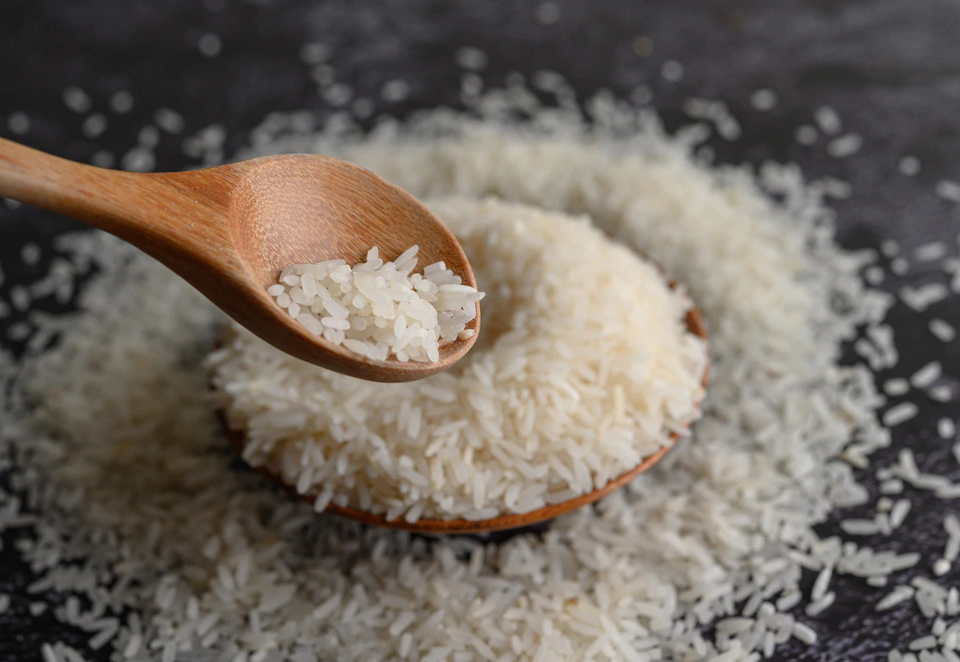The Real Difference Between White Rice And Basmati Rice
Notice: Trying to access array offset on value of type bool in /home/u193543958/domains/abidarice.in/public_html/wp-content/themes/betheme/functions/theme-functions.php on line 1489
Notice: Trying to access array offset on value of type bool in /home/u193543958/domains/abidarice.in/public_html/wp-content/themes/betheme/functions/theme-functions.php on line 1494
Different Types Of Basmati Rice in India
April 5, 2022Basmati Rice vs. Regular Rice: What’s the Difference and Why Does It Matter?
August 20, 2022Notice: Trying to access array offset on value of type bool in /home/u193543958/domains/abidarice.in/public_html/wp-content/themes/betheme/functions/theme-functions.php on line 1489
Notice: Trying to access array offset on value of type bool in /home/u193543958/domains/abidarice.in/public_html/wp-content/themes/betheme/functions/theme-functions.php on line 1494
Long-grained rice called basmati, which has its origins in the Himalayan foothills, is frequently used in Indian and other South Asian cuisines.
Basmati rice is frequently served with a variety of curries, braised or roasted meats, or as the primary component in traditional biryani.
It is occasionally served plain but is more frequently spiced with saffron or turmeric, both of which give the rice a distinctive yellow color.
Its unique, slightly floral aroma and distinct, nutty flavor are reminiscent of jasmine rice, frequently used in Thai and another Southeast Asian cuisine.
Jasmine rice has a nuttier flavor than basmati, which when cooked has a slightly softer grain.
White Basmati vs. Brown
Like all rice, basmati is available in brown and white varieties. The white variety is created by removing the bran and germ from the brown variety, leaving only the starchy white portion. The bran is the outer husk or covering of each grain.
The longest grains of all the prices are found in basmati, and they are renowned for lengthening during cooking. It also has pointy ends as opposed to rounded or stubby ends and is extremely narrow.
Basmati grains are fluffy and light
Some recipes instruct you to soak basmati rice prior to cooking it, but this is entirely incorrect. In order to dry high-quality basmati rice as thoroughly as possible and concentrate its unique flavors and aromas, it is aged for two years.
All of this is undone by soaking the rice, which also makes the rice stickier, the opposite of what properly prepared basmati rice should be. Basmati rice is highly regarded for its light, fluffy texture and the way the grains don’t clump together.
But washing it first before cooking is a good idea because it gets rid of any surface starches that might tend to make the cooked rice stickier.
Basmati rice preparation
It is not surprising that basmati rice is typically prepared using the cooking method that results in the fluffiest, least-sticky rice, regardless of variety, given the emphasis on fluffiness rather than stickiness. This method is the pilaf method.
Basmati rice can be cooked normally by simmering it or cooking it in a rice cooker, but the pilaf method is the only way to experience it in all its aromatic glory.
Fortunately, the pilaf method only needs a couple of extra steps and is fairly straightforward. It basically involves sauteing the raw rice in oil with some finely minced onions and other aromatics, adding hot stock or broth, and then placing the entire pot, tightly covered, in the oven to cook until the liquid is completely absorbed.
Rice that has been sauteed beforehand benefits greatly from fluffiness as the oil coating on each grain helps to prevent sticking. The oil’s toasty flavor and increased nuttiness are both enhanced by the oil’s high heat.
Similar to cooking on the stovetop, where the heat comes from directly underneath, causing the grains to stick to the bottom of the pot, baking it in the oven ensures that the heat envelops the pot evenly.
In classic biryani and other traditional Indian dishes, whole spices like allspice, star anise, whole cardamom pods, and cinnamon sticks are added to the pilaf before it is placed in the oven to add flavor.
Purchase and Storage of Basmati Rice
While the traditional basmati variety is grown in India, there are a few hybrid varieties grown in the United States that go by names like Texmati and Calmati.
The soft grain of basmati rice is combined with the nuttier flavor of jasmine to create the hybrid rice known as basmati.
These varieties are all offered in brown and white. All varieties of brown rice require more time to cook than white rice, whether you choose the conventional variety or one of the hybrids.
The shelf life of the white varieties is also significantly longer when it comes to storage because the fatty acids in rice bran can eventually go rancid and spoil.
An exclusive variety of Basmati Rice Manufacturer in Punjab. Like all other species of rice, basmati rice can be either Brown or White. Curious as to why the color changes? Well!! The degree to which the milling process has been applied is the cause of the color variation.

